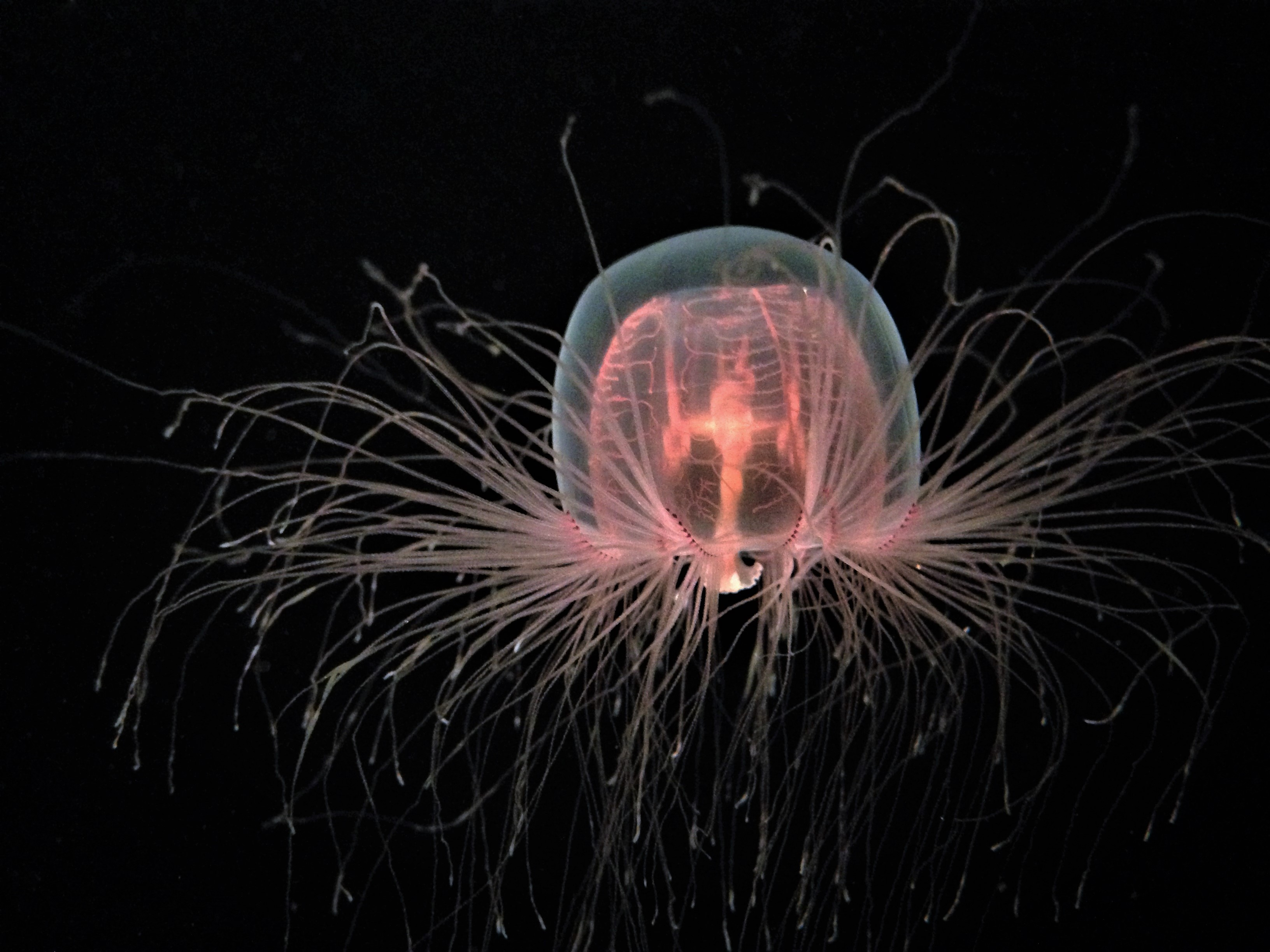The Greenland shark is the poster child for animals with extreme longevity – and with good reason. As the longest-living vertebrates on Earth, they develop incredibly slowly in their frosty Arctic home, but when it comes to the longest-living animals on Earth, they’re not all that.
The ocean quahog is a pretty unremarkable-looking clam, reaching around 5 centimeters (2 inches) in size, and yet it can take them over 200 years to get there. The oldest on record was 507 years old, topping the Greenland shark, and yet it still only makes it the oldest known non-colonial animal.
“Animals living longer than 500 years?!” I hear you cry? Yes siree Bob. Let’s take a look at some of Earth’s oldest animals.
A sponge the size of a minivan
Scientists discovered the largest sponge on record around 2,133 meters (7,000 feet) below the sea’s surface in 2015 near the Papahānaumokuākea Marine National Monument off Hawaii. Colonial organisms like this behemoth are slow-growing, meaning they must be very old to reach enormous sizes.
This record-breaking sponge was 3.7 by 2.1 meters (12 by 7 feet), and while its exact age isn’t confirmed, the NOAA reports that sponges can live for over 2,300 years.
The ”immortal” jellyfish
Another small organism with a curious affinity for living is the immortal jellyfish, Turritopsis dohrnii, which is a little bit smaller than a pinky nail and pictured below. As their name suggests, their party trick isn’t so much living to a great age as it is simply refusing to die.

Unfortunately being “biologically immortal” doesn’t mean the immortal jellyfish can’t die.
Image credit: Rebecca Schreiner / Shutterstock.com
When immortal jellyfish are injured or starved, they fall to the seabed and start to decay. However, rather than dying in the traditional sense, their cells reaggregate to create polyps (the earliest life stage of jellyfish). This renders them “biologically immortal”, but T. dohrnii does not live forever as there’s no coming back when you’ve been eaten.
An unhappy clam
Ming the quahog clam saw some things in its time. It lived through the Renaissance, the Industrial Revolution, and the Internet Age. It bore witness to countless wars and bloody revolutions, watching empires rise and fall. And yet, through 507 years of drama, the thing that killed it was a *checks notes* freezer.
Yes, Ming the quahog clam, Arctica islandica, only died after it was frozen for collection by researchers. It’s not an uncommon cause of death for these clams that are routinely captured and killed for commercial consumption, but it raises interesting questions about how many more years of passively observing the dissolution of man Ming might’ve had left in ‘em.
Atomic sharks
You can’t talk about the longest-living animals on Earth without hat-tipping the Greenland shark, Somniosus microcephalus, an animal that – frankly – looks every one of its ~400 years. Curiously, we in part have the atomic bomb to thank for knowing how old they can be. This is because something called the “bomb pulse” is detectable when radiocarbon dating their eye lenses.
Long life and tiny testicles
Living forever can get messy in the context of cancer, as the longer an organism is on this Earth, generally speaking, the higher its risk of developing a genetic mutation that can lead to disease. Some plucky animals, like the bowhead whale, have adapted to overcome this, becoming one of the longest-living species on Earth, but it seems the evolutionary quirk that enabled them to do this may have come with some side effects including unusually small testicles.
Bowhead whales (Balaena mysticetus) can live to be 211 years old and beyond thanks to a unique type of gene duplication that slows the division of cells, meaning they can get old without the risk of cancer. Unfortunately, it also hinders male fertility because the CDKN2C gene in question causes small gonad size and reduced sperm production.
Jonathan the Seychelles giant tortoise
You might’ve noticed there’s a marine theme when it comes to the longest-living animals on Earth, so here’s one for the lily-livered land lovers. The oldest known terrestrial animal is a handsome chap named Jonathan, a Seychelles giant tortoise (Aldabrachelys gigantea hololissa).

A human boy (left) with Jonathan the Tortoise (right).
Image credit: Darrin Henry/Shutterstock.com
He inherited the prestigious crown of World’s Oldest Tortoise in 2022 from Tu’i Malila, a radiated tortoise that died at the age of 188 in 1965. At 190 years old, Jonathan’s not only the oldest tortoise but also the Guinness World Records’ oldest living land animal, who said “his age on arrival is a conservative estimate, in all likelihood he is even older.”
So, cool it with the “I’m so old” on your next birthday. Your big milestone has got nothing on these guys.
An earlier version of this story was published in August 2023.
Source Link: The Longest Living Animals On Earth Have Been Alive For 2,300 Years